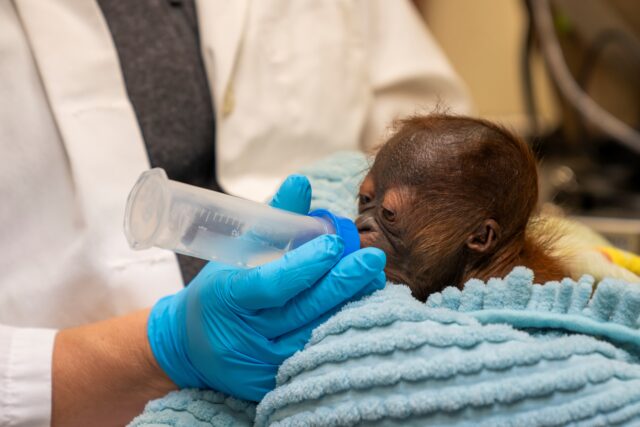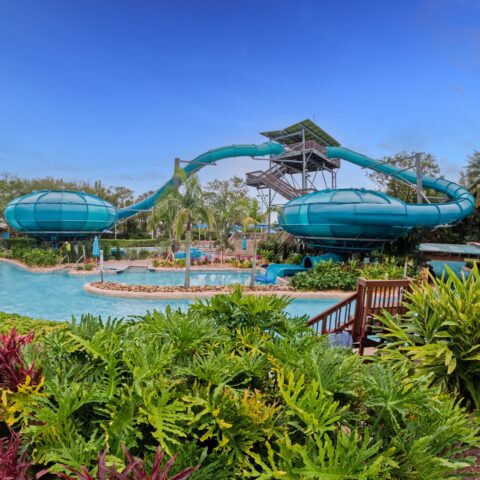The world's first penguin conceived using artificial insemination with frozen-then-thawed semen, aimed at maximising the genetic diversity of penguin species, has joined SeaWorld’s other Magellanic penguins on display at the park in San Diego.
The bird was hatchedin May and has been hand-reared by animal experts in the Penguin Encounter nursery where she was fed a special formula of ground herring fillets, krill, minerals, vitamins and water five times a day during the first four weeks. She is now 12-weeks-old and is feeding on fish.
The scientific first is the result of a decade of research by Dr. Todd Robeck, SeaWorld’s vice President of Theriogenology, and Dr. Justine O’Brien, the reproductive center’s Scientific Director. Both have also played an integral role in the advancement of artificial insemination in marine and terrestrial animals.
Dr. Justine O’Brien comments: “The goal of our research centre is to study a species’ reproductive biology, to learn as much as we can about that, and use this to not only monitor the health of not only our zoological populations but wild populations as well. We have also use this information to develop system reproductive technologies such as Artificial Insemination and semen preservation. These technologies are important conservation tools as they allow us to maximise the genetic diversity of these populations and ensure there’s sustainability into the long term.”
For more than 30 years, SeaWorld San Diego has been renowned for its successful penguin breeding program. Since 1980, more than 600 penguin chicks have been hatched and raised at the marine park, including the first-ever chinstrap and emperor penguins. SeaWorld aviculturists have had a worldwide impact on pioneering techniques for rearing penguin chicks.
SeaWorld Parks & Entertainmentis a global leader in animal husbandry, training, veterinary care and assisted reproductive technologies. SeaWorld incorporates both natural breeding and assisted reproductive technologies within its breeding program to maintain genetically diverse and sustainable populations in cooperation with other zoos. The SeaWorld and Busch Gardens Reproductive Research Center at SeaWorld San Diego has pioneered artificial insemination, sex predetermination and semen preservation technologies for managing zoological populations. Since the world’s first marine mammal was conceived through artificial insemination in February 2000, nearly 50 calves across the globe have been born at SeaWorld Parks and collaborating zoos using this technique.
Back to news


